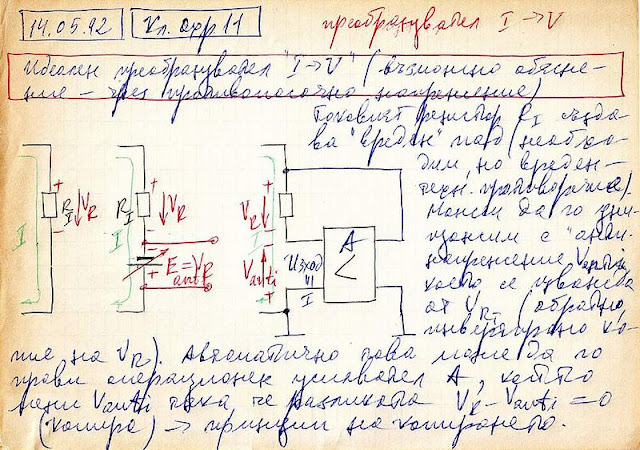У1 ТЕ 2022

Подобно на лабораторните упражнения по СКЕ със студентите от 3-ти курс, 33-та група , КИ, тази година съм решил да отразявам тук, в моя блог, и занятията си по "Електротехника" с вас, студентите от 1-ви курс, 48-ма и 49-та група на ИТИ . Идеята на тази инициатива е, че тук можем свободно да обсъждаме нещата, разглеждани на семинарните и лабораторните упражнения. Това ще ви бъде от полза за разбирането на материята и повишаване на оценката, а на мене ще ми позволи да подобря съдържанието и начина на провеждане на упражненията. Изследването на електронните схеми по ППЕ през следващия семестър изисква да имате много добра интуитивна представа за основни неща от електротехниката (например, източник на напрежение и ток) и измервателната техника (например, волтметър и амперметър). Проблемът е, че дисциплината "Електротехника" е доста теоретични и не дава необходимите ни практически знания и умения. Нуждаем се от една Електротехника за електрони...



